Peter Whalen Talks About Quests & Reveals 2 New Cards!
Two new rogue cards have been revealed in a blog post with Peter Whalen discussing Quests!
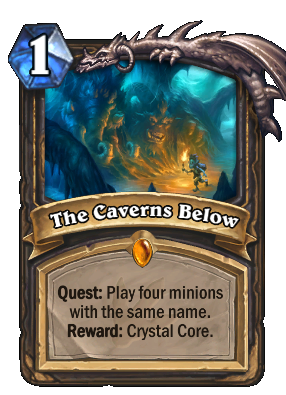 Discuss this Card
Discuss this Card
 Discuss this Card
Discuss this Card
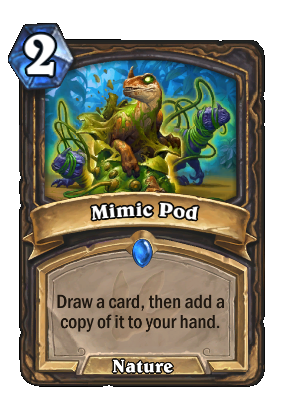 Discuss this Card
Discuss this Card
Clarifications
- The effect happens to minions which are played and summoned. For example, Frogs and Sheep from Hex and Polymorph would become 5/5. (Source)
- Cards on the battlefield when Crystal Core is played will become a 5/5 regardless of active buffs on them. You can later on buff them with cards and they will retain those stats. (Source)
- Example: Edwin VanCleef's effect works as normal if he's in your hand after Crystal Core is played. It will just add the +2/+2 to the 5/5. (Source)
Blog
Quote from BlizzardThis Jungle Hides Many Secrets
As we figured out the initial story behind Journey to Un’Goro, we realized that the core fantasy had four pillars: dinosaurs, elementals, exploration, and the primal world itself. Dinosaurs and elementals had their own mechanics, so we needed one more that made players feel like they were on an expedition, exploring the awe-inspiring landscape of Un’Goro Crater itself.
The idea of creating quest cards had been floating around on our team for a very long time. Back when we were first working on Whispers of the Old Gods, one of the designers pitched a new type of secret: Quests. A Quest was only active on your turn, and when you completed its condition, something awesome happened!
When we needed a mechanic for exploring a forgotten world to find something truly amazing, these Quests seemed like a natural fit.
Give Me a Quest
Once we decided to give Quests a real shot in Journey to Un’Goro, we began heavily iterating on them. We started out with the idea that Quests would be Legendary and the rewards would be fantastic—the core fantasy of a Quest is that you work hard and are richly rewarded. As we’ve seen, that core idea carried through to the present with powerful Quest rewards like Amara, Nether Portal, and Megafin—cards we couldn’t make any other way.
Basically everything else about Quest cards changed.
When we started out, we wanted Quests to feel as much like normal cards as possible, which would make them fit into the rules naturally while being easier to understand. The first Priest Quest, for example, said “When this is the only card in your hand, transform it into an Un’Goro pack.” Other Quests looked very similar to the ones that are coming in Journey to Un’Goro, and they had requirements like “play a certain number of minions of a particular type.” We quickly realized that the most fun Quests were the ones that asked you to accomplish something over the course of a game—those paid off the core Quest fantasy the most.
One of the things we noticed with Quests that transformed in your hand was that they were hugely frustrating for your opponent. From an opponent’s perspective, you had just played an insanely powerful card seemingly out of nowhere. For example, this was the first version of the Priest Quest:
To fix that, we required Quests cards to be played, and allowed both players to see their progress. In Un’Goro, Quests will appear around your portrait just like Secrets do.
From there, we talked a lot about how Quests are played. We tried having them simply play themselves from your deck so they didn’t take up space in your opening hand, but that was a little too powerful. With no risk involved at all, every single deck would play Quests just in case they happened to satisfy the conditions, or simply to thin the deck by one card. On the other hand, having to draw a Quest felt really bad, because you couldn’t make progress on it until you drew it halfway through the game. That’s why we decided to have Quests start in your opening hand.
Finally, we needed to decide how much mana Quests would cost, either (0) or (1). When they cost (0), playtesting revealed that players would often hold their Quest and then forget to play it before playing the card that triggered it. Making them cost (1) helped to slow the game down a little—letting the moment you played the quest feel more impactful—and required extra strategy around when to play the Quest. We still liked the overall power level the Quests had at (0), so we made the rewards a little better and the requirements a little easier to meet to balance things out.
Seeing Double
Once we had the mechanic for Quests figured out, they did a lot of great things for the set. On the art side, they gave us an opportunity to show off all the fantastical regions in Un’Goro Crater, from roiling tar pits and seething hot springs to the gleaming crystal caverns below. We relished every chance to bring the world of Un’Goro to life.
On the design side, each class has a Quest to help anchor them in Un’Goro. We wanted the Quest decks to be fun and interesting, so we often provided additional support, like Tortollan Shellraiser and Crystalline Oracle in Priest. We think Quests are cool, but we also don’t expect every player to want to play with one in their deck, so we tried to make sure to provide other themes and individually interesting cards to explore, too.
Because Quest cards are such a central focus of decks that include one, we wanted to make sure there was room to experiment with how you build a deck with a Quest in it. For example, a Unite the Murlocs deck could be very aggressive and play upwards of fifteen murlocs, while a less aggressive deck might use it as a way to get some late game oomph using only a handful of murlocs along with Call In the Finishers.
Since we were making nine different Quests, one of our goals was that they feel different from each other. So far, we’ve shown several straightforward Quests: Summon seven minions with Deathrattle, summon ten murlocs, discard six cards, and so on.
Those Quests are intuitive and offer a clear path for deckbuilding. However, some of our classes are naturally trickier than others, so for Rogue we went in a slightly different direction:
Play four minions with the same name. How do you even do that? One option is to use cards that return minions to your hand like Shadowstep and Youthful Brewmaster. Another would be to use cards like Thistle Tea or Mimic Pod that give you multiple copies of a minion.
Wait, what’s Mimic Pod? That’s one of the cards in Journey to Un’Goro that supports the Rogue Quest while also being interesting on its own:
If you can create an army of pod-minions and successfully explore the Caverns Below, what do you find?
Because your deck has so many tricks to successfully complete the Quest, we wanted to provide you with the raw power you’d need to end the game.
The Quest mechanic has come a long way from its humble beginnings two years ago, but its core remains intact. In Journey to Un’Goro, you’ll explore a forgotten world, quest for amazing things, and unleash their primal power on the Hearthstone board.
Learn more about Journey to Un'Goro!
Visit our expansion guide to look at all the new cards that have been revealed so far, as well as anything else you want to know about the new expansion!

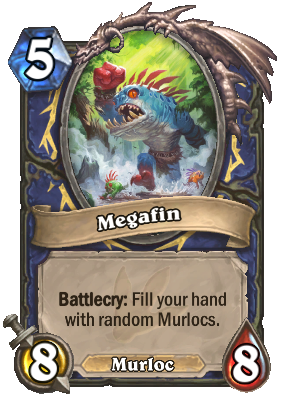
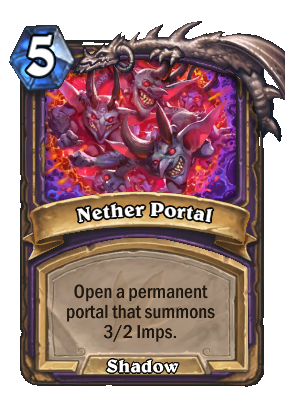

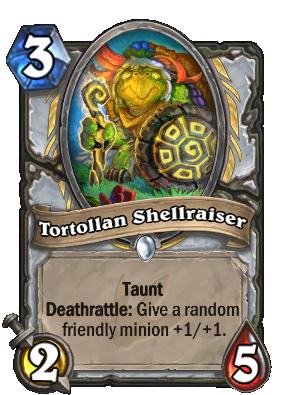
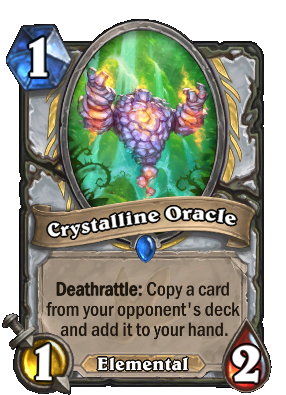
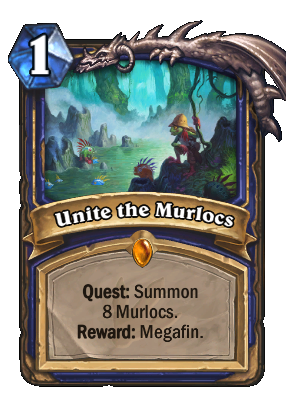


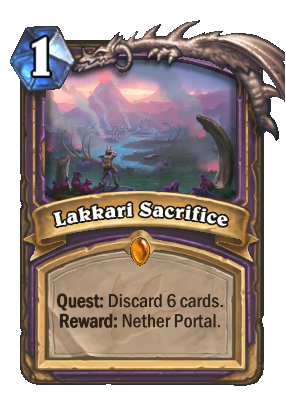
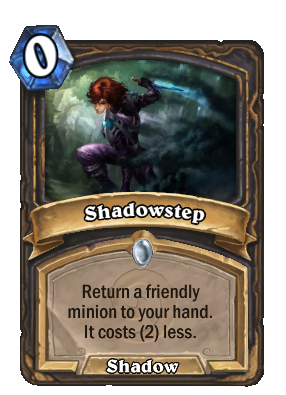
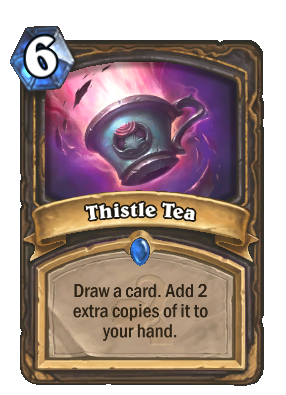
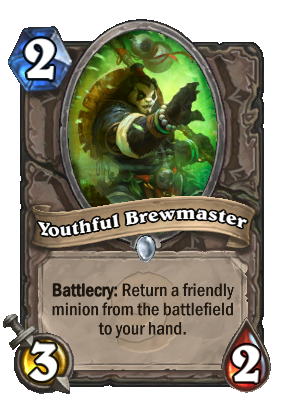



-
View User Profile
-
Send Message
Posted Mar 22, 2017 (Aggro Downfall)-
View User Profile
-
Send Message
Posted Mar 22, 2017 (Aggro Downfall)Yes, it does
-
View User Profile
-
Send Message
Posted Mar 22, 2017 (Aggro Downfall)Yes, it is
-
View User Profile
-
Send Message
Posted Mar 22, 2017 (Aggro Downfall)Yes it is. It's part of the "Hall of Fame" set that will be rotating out when the new standard year hits.
RIP Conceal
-
View User Profile
-
Send Message
Posted Mar 22, 2017 (Aggro Downfall)RIP me for being the fourth person to correct him
-
View User Profile
-
Send Message
Posted Mar 22, 2017 (Aggro Downfall)Yea, I think so, counterfeit coin and mimic pod can still make it work even without Drake and Pillager.. but I think the deck will be slower meaning you can't win on turn 3 (Questing + Coin/Prep+ Conceal) or after your gadgetzan turn. Maybe a Malygos win condition will be better in a miracle draw engine. And the Cold Blood win condition will be better in Aggro Rogue lists
-
View User Profile
-
Send Message
Posted Mar 29, 2017 (Aggro Downfall)Oops...I feel dumb :)
-
View User Profile
-
Send Message
Posted Mar 22, 2017 (Aggro Downfall)So the quest appears on tp of the hero's portrait and each time you play the same minion it gets 1/4, then 2/4... Let's say you played Swashburglar only twice. What happens when you play a minion after that 3 times? Will it get to 3/4 and overwrite Swashburglar with the other minion? and then if you play a 3rd Swashburglar it won't get any bonus right?
-
View User Profile
-
Send Message
Posted Mar 22, 2017 (Aggro Downfall)That sounds about right in theory. Maybe it will have an extra little tool tip that pops up to remind you what cards have had multiple plays this game. And show both swashbuckler and mystery minion and then whichever one you play a 4th of will complete the quest.
Just a thought. But you're likely right that it will only show a number.
-
View User Profile
-
Send Message
Posted Mar 22, 2017 (Aggro Downfall)Just thinking now that Blizzard say that they'll pay attention more to the Wild format, how do y'all think this will interact with Patches the Pirate? More specifically Patches after a gang-up? And I know this is specific to wild, but it might make the Wild Pirate Rogue deck incredibly fun to play.
-
View User Profile
-
Send Message
Posted Mar 22, 2017 (Aggro Downfall)-
View User Profile
-
Send Message
Posted Mar 22, 2017 (Aggro Downfall)Probably talking about after the quest is done and the reward is earned. Ganging up Patches then summoning three to five 5/5 to 6/6 Patches all with charge as a finisher is crazy.
-
View User Profile
-
Send Message
Posted Mar 22, 2017 (Aggro Downfall)"One of the things we noticed with Quests that transformed in your hand was that they were hugely frustrating for your opponent. From an opponent’s perspective, you had just played an insanely powerful card seemingly out of nowhere."
Sums up what we think of RNG cards from karazhan and gadgetzan.
-
View User Profile
-
Send Message
Posted Mar 22, 2017 (Aggro Downfall)The memes are strong with this one .
:)))))))
-
View User Profile
-
Send Message
Posted Mar 22, 2017 (Aggro Downfall)How about using this in mill rogue?
-
View User Profile
-
Send Message
Posted Mar 22, 2017 (Aggro Downfall)-
View User Profile
-
Send Message
Posted Mar 22, 2017 (Aggro Downfall)Not surprised to see everyone upset, but I think is just a new deck archetype that no one has tried so we just really don't know. Not going to argue that Jade can get to bigger stat lines, but this might be able to go wider.
Heavy Cycle- Novice Engineer, Acolyte of Pain, maybe Sprint, Runic Egg. Member Sprint?
Bounce (listed above)
Understatted Cards with great abilities - Acolyte of Pain, Jade Swarmer, Argent Squire,,Young Dragonhawk, Bilefin Tidehunter, Sunfury Protector, Moroes, the new compulsory Egg (clearly, Dinosaur Egg), chargers (sad to see horserider go)
-
View User Profile
-
Send Message
Posted Mar 22, 2017 (Aggro Downfall)unfortunately, you cant fill up your deck with crap and expect to survive until turn what? 7 or 10, or maybe later when you can finally start getting value back
and you will need to anti-tempo hard to play same card 4 times with the bounce mechanic, or draw duplicates mechanic
I really hope it works.... :(
-
View User Profile
-
Send Message
Posted Mar 22, 2017 (Aggro Downfall)Blizzard just throwing useless stuff at rogue until they spontaneously grow a heal or a board clear from thin air to survive long enough to use them.
eel like Team 5 lives in some remote temple far in the mountains and have no f*cking idea how their game is played.
Like, jeez, who gives hardcore control cards to the one and only class that has neither heal nor viable AOE, while keeping pumping heals and AOEs shaman's way ?
-
View User Profile
-
Send Message
Posted Mar 22, 2017 (Aggro Downfall)It's garbage, right?